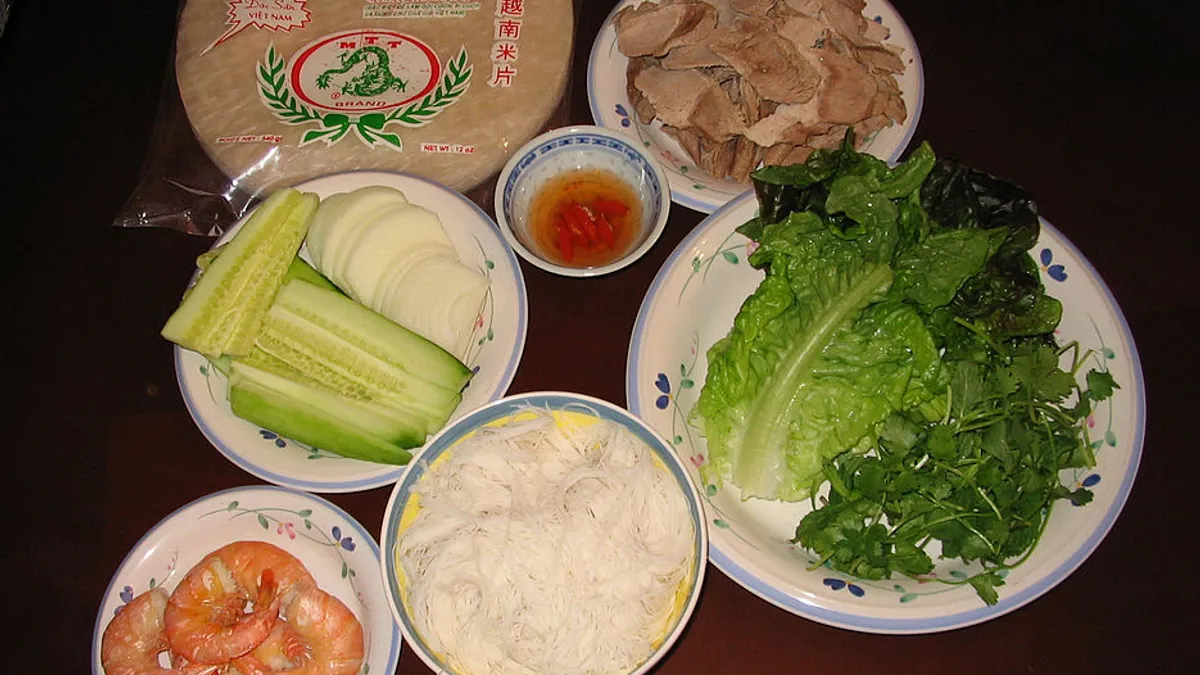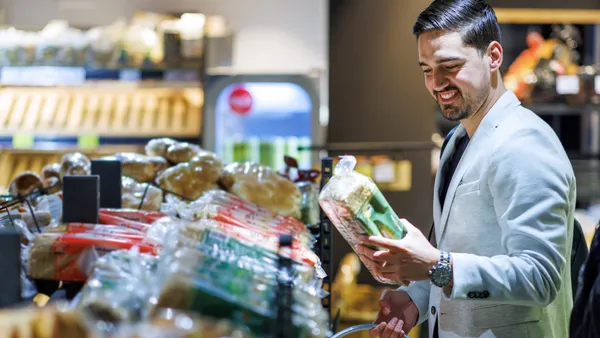Dive Brief:
- Be-Se-To, named after the capital cities of Beijing, Seoul and Toyko, is a new, two-story retailer and restaurant selling Japanese, Korean, and Chinese influenced products and foods in Catonsville, Maryland next month, according to The Baltimore Sun. The restaurant will be situated in a 6,000-square-foot location on the top floor while the 23,000-square-foot retail space will be located on the bottom floor.
- The entire space will include four Korean-style boutiques and eateries that have specialty Asian products like gifts, home goods, cosmetics, bedding, and kitchenware. Rather than an Americanized version of Asian foods, Be-Se-To will prepare and sell products and menu items the way they would be found in Korea, according to the Sun.
- The cafeteria-style restaurants offer four different options including a Korean restaurant, a Korean-style Japanese restaurant, a Korean-style Chinese restaurant, and a Korean dessert shop. Prices for lunch are expected to range $8 to $10 and dinner $11 to $14, with meals for more than one and specials costing more.
Dive Insight:
As grocers continue to battle for supremacy, it’s important they cater to a wide variety of customers and consumer demands. According to a Nielsen study, multicultural consumers drove 94% of the US population growth between 2000 and 2014. They are expected to dominate the country’s population within the next few decades.
Among all ethnic foods, Asian food in particular is the fastest growing in the U.S. Between 1999 and 2015, sales of Asian fast food rose 135%, according to Euromonitor. In 2017, there were 20 million Asian-Americans residing in the country. And as younger consumers are involved in the cooking experience more than ever and willing to try new foods, that growth has trickled down to grocers.
In the past few years, many Asian American grocery store chains have risen to popularity including iFresh which opened its tenth national location and first Texas location in Houston last year. The East Coast chain made its move into Texas because of its growing population of Indian and Chinese residents. Meanwhile, Korean chain H Mart has expanded to 66 locations across 12 states. Each store offers imported packaged goods as well as prepared foods and general merchandise.
Just last month, popular Korean grocer PK Market announced it will open its first U.S. location in Los Angeles next year, reported the Los Angeles Times. Los Angeles has the greatest population of Korean-Americans in the U.S.
In Albertsons' hometown of Boise, Idaho, the recently opened Idaho Capital Asian Market gets steady business from local Chinese and Vietnamese shoppers, and sees many non-Asian consumers on the weekends, the store owner told the Idaho Statesman. The shop's main draws include blue crab imported from Louisiana and six varieties of fresh noodles.
In Baltimore, Be-Se-To will open in a shopping complex that also includes an H Mart. Both grocers offer unique foodservice offerings that together should comprise a destination dining experience for a wide range of consumers.
Larger chains should take note of these offerings and make more of an effort to expand their Asian food aisles and grocerant offerings in markets where it makes sense. According to a study by LoyaltyOne, Asian-Americans and other consumers looking to cook Asian cuisine aren’t finding what they need at their local stores and are often turning to independent grocers for their shopping trips.













